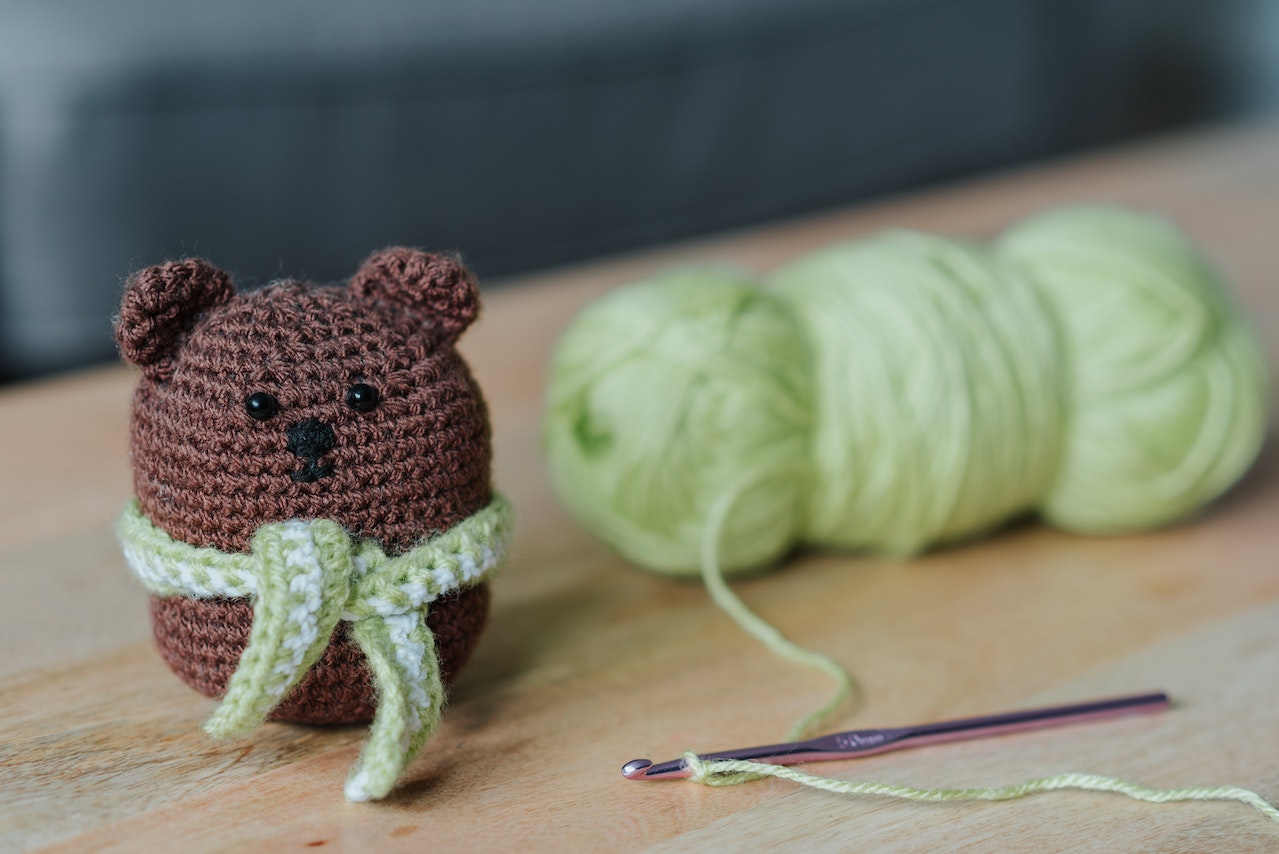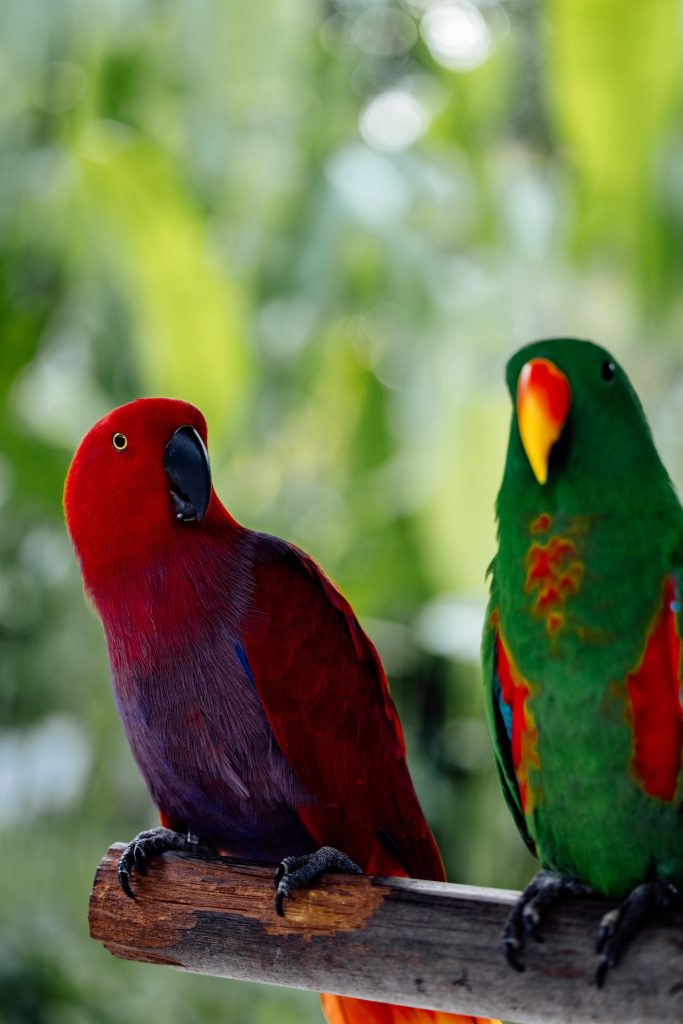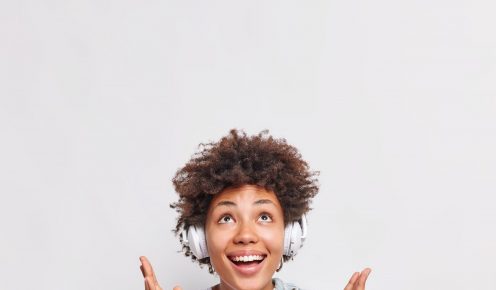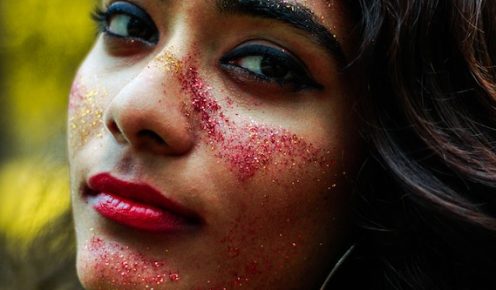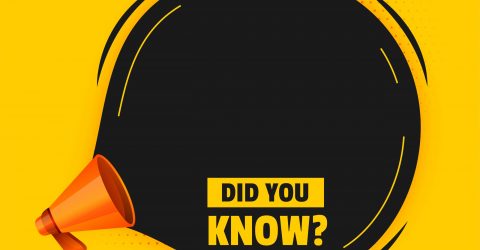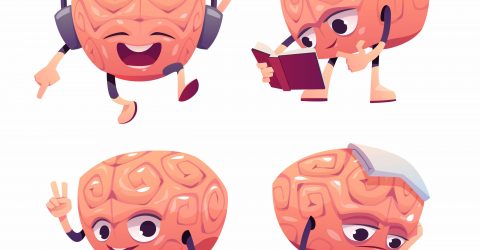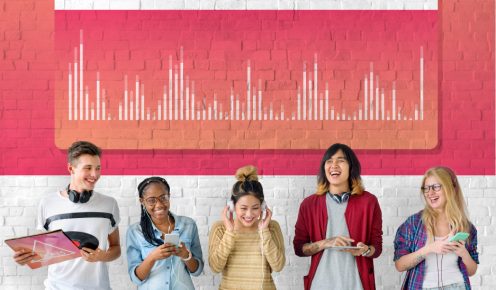Crochet can be used to create many different things, from scarves and blankets to toys. One of the most popular crafts to make with crochet is amigurumi: small, stuffed animals made with yarn and a crochet hook. Though these amigurumi animals look cute and cuddly, the finishing touches—the eyes—can be difficult to get just right! In this blog article, we’ll explore the different types of eyes for crochet animals, as well as techniques for adding them in a safe way. Read on to learn more about how you can give your amigurumi friends the perfect finish!
What are eyes for crochet animals?
The purpose of eyes for crochet animals is to give them a more lifelike appearance. By adding eyes to your crocheted animals, you can make them look more realistic and add personality. There are many different ways to add eyes to crochet animals. You can purchase ready-made plastic or glass eyes, or you can make your own with yarn or beads.
Eyes are an important part of any crocheted animal design. They help to bring the animal to life and give it personality. When choosing eyes for your crochet animal, there are many things to consider. The size and shape of the eyes will vary depending on the type of animal you are making. You will also need to decide if you want your animal’s eyes to be open or closed.
Ready-made plastic or glass eyes are a quick and easy way to add eyes to your crocheted animal. These types of eyes come in a variety of sizes, so you can find the perfect fit for your project. They are also available in different colors, so you can choose the shade that best matches your animal’s fur or feathers. One thing to keep in mind when using ready-made eyes is that they may not be as securely attached as handmade Eyes made with yarn or beads . If you are concerned about the safety of using plastic or glass Eyes , you can always stitch them on by hand instead .
Read More : Sanpaku Eyes
The Different Types of Eyes for Crochet Animals
There are a few different types of eyes that can be used for crochet animals. Some of the most popular options include:
Safety Eyes: These are probably the most common type of eye used for crocheted animals. They come in a variety of sizes and colors, and they’re easy to attach. The downside is that they can sometimes pop out if your animal is played with too roughly.
Button Eyes: Another popular option, button eyes can give your animal a more unique look. They’re also fairly easy to attach, but like safety eyes, they can pop off if your animal is played with too roughly.
Embroidered Eyes: Embroidered eyes are a bit more time-consuming to create, but they’re very secure and can’t be pulled off by little hands.
Painted Eyes: You can also paint eyes onto your crocheted animal. This is a good option if you want a really unique look, but it does require some time and patience.
Pros and Cons of Eyes for Crochet Animals
There are a few things to consider before decide if eyes for crochet animals is the best option for your project. Here are some pros and cons to help you make your decision:
Pros:
-Eyes can give your crochet animal a more lifelike appearance.
-They can also add personality and character to your creation.
-Eyes can be made from a variety of materials, including glass, plastic, or metal. This gives you a lot of flexibility when it comes to choosing the right eyes for your project.
Cons:
-If not installed properly, eyes can come loose from your crochet animal.
-They can also be a choking hazard for small children if they come loose.
-Eyes can be expensive, so if you are on a budget, they may not be the best option for you.
Read More : Sanpaku Eyes
What are the Best Eyes for Crochet Animals?
If you are looking for the best eyes for your crochet animals, there are a few things you should keep in mind. First, what is the animal’s natural eye color? Second, what is the size of the animal? And third, what is the overall style of the animal?
Assuming you want to keep things as realistic as possible, we would recommend using black or dark brown eyes for most animals. For smaller animals, like mice or birds, you can use white or light-colored eyes. And for larger animals, such as teddy bears, you can use brighter colors like blue or green.
When it comes to size, it is important to choose eyes that are in proportion to the rest of the animal’s body. For example, if you are making a small mouse, you would not want to use giant eyes that take up half its face! As a general rule of thumb, we suggest using 10-15% of the animal’s head diameter for its eye size.
Finally, think about the overall style of the animal when choosing its eyes. If you want it to look cute and cuddly, then big and round eyes might be best. But if you are going for a more realistic look, then almond-shaped or oval eyes might be better suited.
How to Choose the Right Eyes for Your Crochet Animal
There are so many different types and sizes of eyes available for crochet animals, how do you choose the right ones? Here are a few tips:
– Consider the size of the animal. Obviously, a smaller animal will need smaller eyes than a larger one.
– Think about the sort of expression you want to achieve. Different shaped eyes can convey different emotions, so choose accordingly.
– Take into account the yarn or thread you’re using. Some materials may not work well with certain types of eyes (for example, glass beads may not be suitable for very small animals).
– Once you’ve decided on the general size, shape and material of the eyes, it’s time to start looking at specific options. Do some research online or in your local craft store to find the perfect set of eyes for your crochet animal!
Conclusion
Crochet animals can be a great way to bring some life and personality into your projects. With the right set of eyes, you can make any animal look real and alive. Whether you are looking for plastic safety eyes, buttons, or yarn-embroidered eyes, these options give you plenty of creative freedom when it comes to customizing your crochet animals. So go ahead and try out different types of eyes on your next project – the possibilities are endless!

